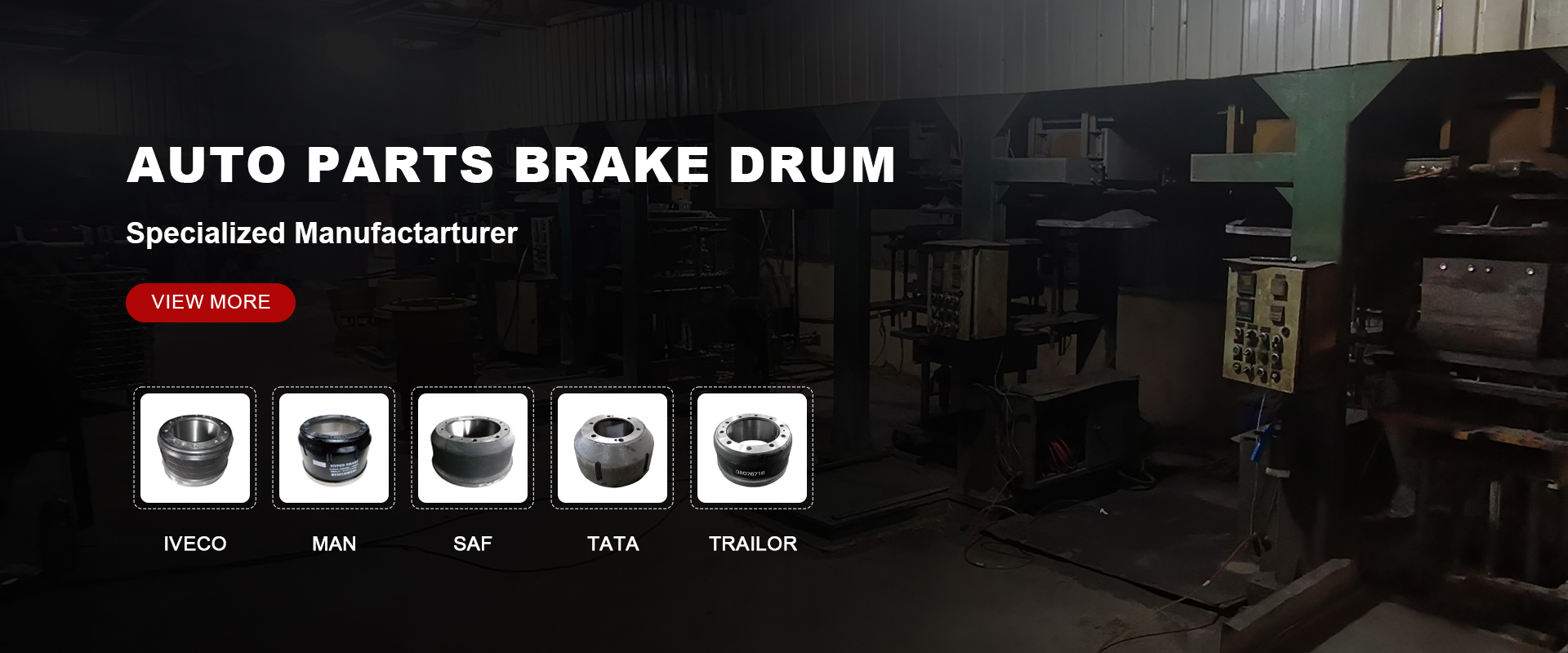Јул . 27, 2024 14:51 Back to list
Effective Methods for Removing Rust from Brake Drums and Restoring Their Functionality
How to Remove Rust from Brake Drums
Rust on brake drums is a common issue for vehicle owners, particularly those who live in areas where road salt is frequently used during winter months or in humid climates. Rust not only affects the aesthetic appeal of your vehicle but also compromises braking performance and safety. Fortunately, removing rust from brake drums is a task that many DIY enthusiasts can undertake with a little time and patience. Below is a step-by-step guide on how to effectively remove rust from brake drums.
Tools and Materials Needed
Before you begin, gather the following tools and materials
- Safety goggles and gloves - Wire brush or drill with a wire brush attachment - Sandpaper (preferably 80-grit and 120-grit) - Rust remover or rust converter (optional) - Brake cleaner - Clean rags - Paint (optional, for protective coating)
Step 1 Safety Precautions
Always start with safety in mind. Wear safety goggles and gloves to protect yourself from rust particles, dust, and any chemicals you may use. Make sure to work in a well-ventilated area, especially if you are using rust removers or sprays.
Step 2 Remove the Wheel
To access the brake drum, you will first need to remove the wheel. Loosen the lug nuts slightly before lifting the vehicle with a jack. Once secure, fully remove the lug nuts and take off the wheel to expose the brake drum.
Step 3 Inspect the Brake Drum
Before you begin the rust removal process, inspect the brake drum for any cracks or damage
. If the drum is extensively worn or damaged, it may need to be replaced rather than repaired.Step 4 Clean the Brake Drum
how to remove rust from brake drums

Using a wire brush or a wire brush attachment on your drill, scrub the surface of the brake drum to remove loose rust and debris. This process can be time-consuming but is crucial in ensuring effective rust removal. After removing the larger particles, clean the drum with brake cleaner to eliminate any grease or oil. Wipe it down with a clean rag to ensure it’s dry and free of contaminants.
Step 5 Sand the Rust Away
Once the surface is clean, use sandpaper to smooth out rough areas and remove any remaining rust. Start with 80-grit sandpaper to remove the bulk of the rust, and then follow up with 120-grit sandpaper to achieve a smoother finish. Be sure to sand evenly to avoid creating uneven spots on the drum.
Step 6 Apply Rust Remover (Optional)
If you prefer, you can apply a rust remover or converter according to the product instructions. These chemicals can help neutralize remaining rust and create a protective barrier. Make sure to follow all safety guidelines when using these products.
Step 7 Final Cleaning and Inspection
After sanding and applying rust treatment, perform a final cleaning of the brake drum with brake cleaner. Check for any missed spots or remaining rust. Make sure the surface is smooth and free of any impurities.
Step 8 Reassemble and Test
Once the brake drum is clean and dry, reattach it to the vehicle along with the wheel. Tighten the lug nuts securely, lower the vehicle, and recheck the lug nut tightness. It’s essential to test the brakes to ensure they respond correctly after the maintenance.
Conclusion
Removing rust from brake drums is essential for maintaining the safety and efficiency of your vehicle’s braking system. By following these steps and investing a little effort, you can restore your brake drums and extend their lifespan while ensuring safe driving conditions. Regular maintenance can help prevent rust buildup in the first place, so keep an eye on your brakes and address any signs of rust early on.
-
Brake Drum Man - High-Quality Drum Brake Drums & Brake Shoes for Reliable Performance
NewsJun.24,2025
-
High-Quality Brake Drum Kamaz – Durable Drum Brake Drum & Brake Shoe Replacement
NewsJun.10,2025
-
High-Quality Brake Drum Liza for Drum Brake Systems - Superior Durability and Performance
NewsJun.10,2025
-
High-Quality Brake Drum Kamaz – Durable Drum Brake Drum & Brake Shoe Solutions
NewsJun.10,2025
-
Durable Kamaz Brake Drums High-Performance Truck Parts
NewsJun.09,2025
-
Premium Brake Drum Maz Kit with Shoes Enhanced Braking
NewsJun.09,2025
